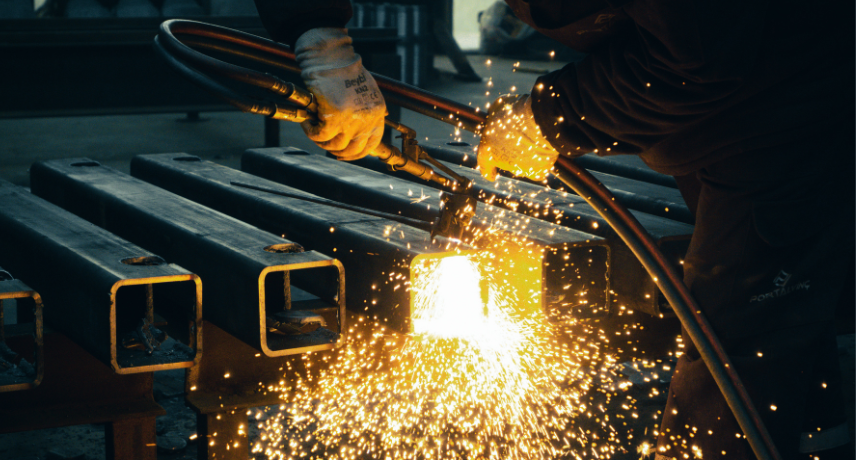
Enquiry Form
Starting Small, Scaling Smart: How Discrete Manufacturers Can Launch Their AI Journey with ERP
As AI reshapes industries across the board, discrete manufacturers are at a turning point. The pressure to innovate is real, yet so is the risk of disruption. Fortunately, there’s good news: embracing AI in ERP doesn’t have to mean tearing down what already works. Instead, smart manufacturers are leveraging ERP micro-innovation—incremental, low-risk changes using existing data—to gain real value from AI.
Here’s how discrete manufacturers can launch their AI journey using existing ERP systems—without costly overhauls or operational chaos.
Why Now Is the Right Time for Discrete Manufacturers to Embrace AI
The buzz around discrete manufacturing AI isn’t just hype. From predictive maintenance to intelligent scheduling, AI applications are becoming more accessible and practical. But many companies hesitate, fearing high costs, long timelines, or the need to replace their ERP systems.
In reality, your ERP system is already sitting on a goldmine of operational data—production logs, supplier records, inventory trends, customer orders, and more. With the right strategy, this data can fuel powerful AI-driven insights.
5 Practical Steps to Start the AI Journey with Your Existing ERP
1. Identify High-Impact, Low-Risk Use Cases
Not all AI applications need to be enterprise-wide from day one. Start by identifying specific pain points or inefficiencies. Examples might include:
- Forecasting inventory needs more accurately
- Predictive maintenance for key machinery
- AI-assisted quality control from production data
These use cases can serve as pilot projects, providing measurable ROI quickly while minimizing disruption.
2. Audit and Prepare Your ERP Data
AI thrives on clean, relevant data. Conduct an audit of your ERP system to assess:
- Data quality and consistency
- Integration with other systems (e.g., MES, SCM)
- Data silos or gaps
Once identified, these issues can be addressed gradually—turning ERP data into AI-ready assets without a system replacement.
3. Leverage Cloud and AI Services
Many ERP vendors now offer AI tools or integrations with cloud platforms like Microsoft Azure, AWS, or Google Cloud. These platforms offer plug-and-play AI models that can analyze ERP data without the need for in-house data science teams.
Some benefits include:
- Lower upfront investment
- Scalable compute power
- Continuous updates and security
This is a smart way to experiment with AI while keeping your ERP intact.
4. Build an ERP AI Roadmap
Use your early wins to map out a broader ERP AI roadmap. Think in terms of:
- Scalability: Can this AI use case scale across multiple plants or departments?
- Data maturity: Are there more datasets that can be leveraged over time?
- Cultural readiness: Are teams ready to work with AI-enhanced tools?
The goal is to create a step-by-step roadmap that evolves as your AI maturity grows—without locking into massive transformations too early.
5. Promote Collaboration Between IT and Operations
Successful AI integration in discrete manufacturing requires strong alignment between IT, operations, and executive leadership. Encourage cross-functional teams to:
- Define clear KPIs for AI initiatives
- Monitor ongoing performance
- Share insights and iterate quickly
This collaborative approach ensures that AI investments remain practical and focused on outcomes.
Final Thoughts: Start Small, Scale Smart
AI doesn’t have to be a revolution. For discrete manufacturers, it can be an evolution—starting with small, smart steps that build momentum over time. Your ERP system isn’t an obstacle—it’s the launchpad. With the right data, tools, and mindset, you can unlock AI’s potential without overhauling your core systems.